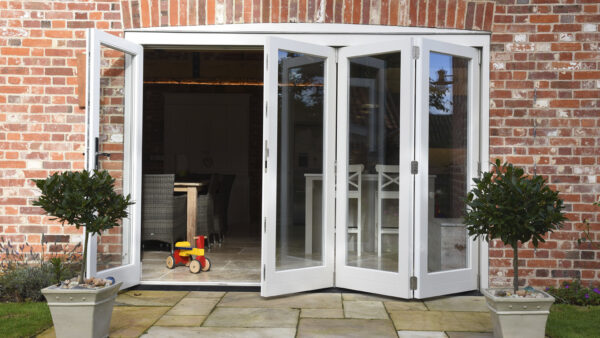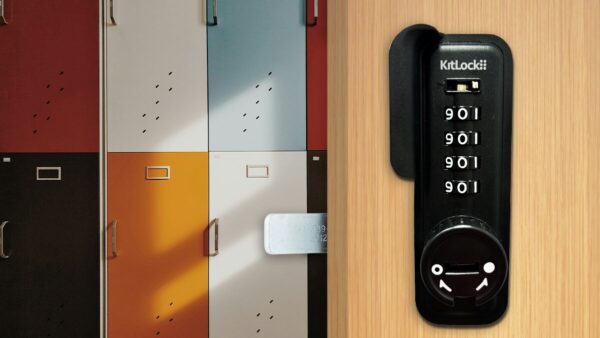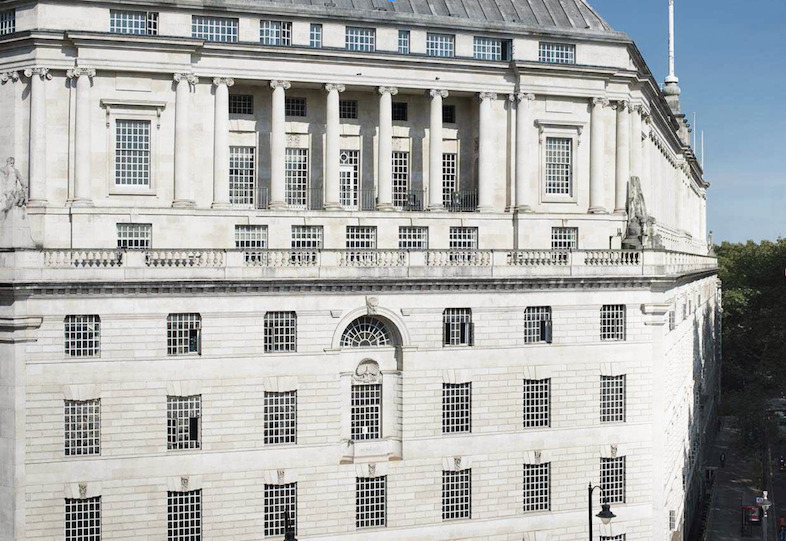
London Architectural Hardware (LAH) merged the past and future with its restoration work at Imperial Chemical House, a Grade II listed building that was once the headquarters of chemical giant ICI.
The work undertaken in this heritage restoration project provides a glimpse into the future, where an antique is produced by cutting-edge technology, utilising the latest advancements in artificial intelligence, 3D printing, and security digitalisation.
In 1920s London, Imperial Chemical Industries, was an industrial titan producing a range of goods from general chemicals to pharmaceuticals, food ingredients to fragrances. Imperial sought a headquarters that would reflect its global stature.The company landed on Millbank in London, an area boasting prime real estate along the banks of the river Thames and overlooking the Houses of Parliament in the heart of Westminster. In 1929, Imperial Chemical House was completed, a grandiose edifice that came at a cost of nearly £1,800,000 – roughly equivalent to £120.5m in today’s currency. It was designed by Sir Frank Baines who also designed the neighbouring Thames House, occupied by MI5.
The awe-inspiring Imperial Chemical House was far ahead of its time, fusing neoclassical architecture with the latest in technology. Building innovations halved the time it took to complete construction and among its technological advancements
was the introduction of “artificial daylight,” an innovative feature that added a touch
of modernity to the building’s design.
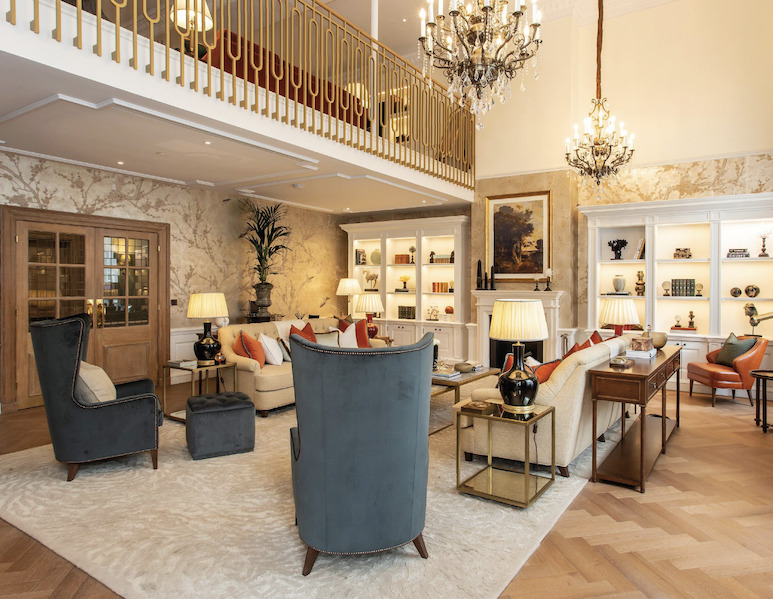
Baines infused the structure with decorative nods to Imperial’s innovative activities and celebrated chemists. For example, the entrance doors were cast in cast nickel alloys made by the company itself at its Kynoch works in Birmingham, featuring 12 panels that depicted the evolution of mankind from primitive beginnings to the modern, evolved manof the 1920s.
Imperial Chemical House was awardeda Grade II listing in 1981 in recognition of its architectural splendour. But in 1999, the lights went out as ICI moved out, leaving the iconic building empty.
Fusing history and innovation
Now, in 2023, the building has been given new life by developer Berkeley creating a luxury residential address, known as 9 Millbank. And, following Baines’s original intention in the1920s, the restoration is a fusion of the historic with cutting-edge innovations.
In The Conrad Apartment, worth £27.5 million, LAH spared no expense in recreating the intricate heritage polished brass door handles and fixtures. The key to LAH’s approach? Technology.
Collaborating closely with the Midlands-based BrassArt, a manufacturer of classical and opulent ironmongery, LAH employed a blend of advanced 3D printing technologies and conventional restorative techniques to meticulously restore every intricate detail to its former grandeur.
Daniel Blackwell, commercial director of London Architectural Hardware Ltd, shares details. “The result is nothing short of spectacular, as every door becomes a handshake with the building’s Imperial history. LAH’s work is the seamless integration of 1920s history with modern technology. LAH upgraded the handles to comply with modern-day safety standards, featuring multi-point locking mechanisms that replicate the interior’s intricate aesthetic. This was no small feat, and the team worked tirelessly for hours on end to ensure that every detail was perfect.”
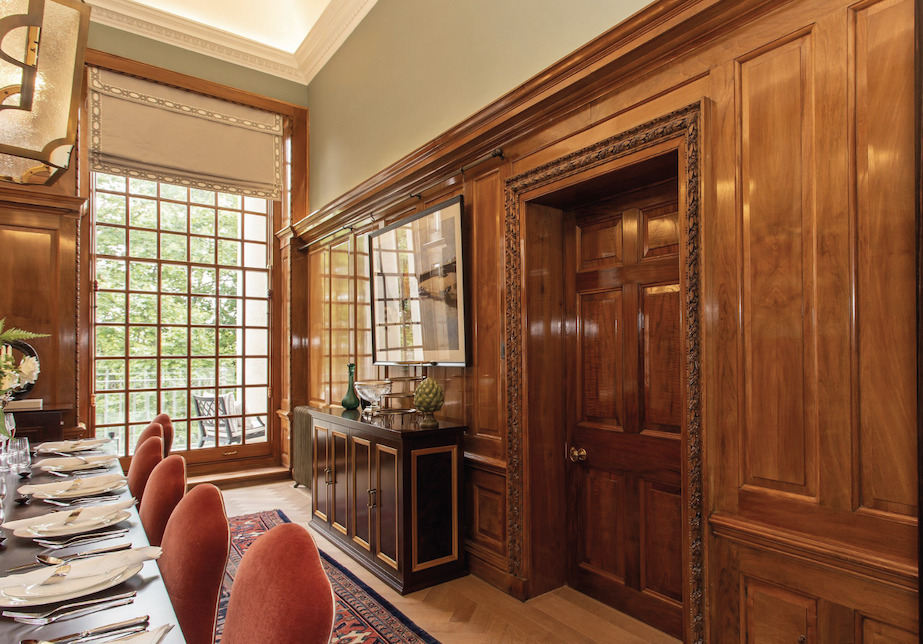
This restoration work at 9 Millbank reflects current trends in architecture and design. There is a growing demand for the restoration and preservation of historic buildings, while also incorporating modern amenities and design elements. Technology plays a significant role. LAH’s use of advanced 3D printing technologies and other modern techniques in restoration work at 9 Millbank by LAH is a prime example of this trend.
“Entering into The Conrad, it’s virtually impossible to distinguish between an original fixture and one which was manufactured using 3D printing. It’s a game changer and an example of how technology can bring us closer to history,” says Blackwell.
As artificial intelligence and improved 3D printing techniques continue to revolutionise the world of design and security, it will become increasingly common to encounter seemingly antique objects that have been digitally crafted with cutting-edge technology.
One example is the possible discreet addition of digital locking systems, which use smartphones for access, to historic doors without being visibly noticeable. Sensor systems for extra security can also be tucked away within any historic aesthetic.
“As trends in restorative architecture and design continue to evolve, our work at 9 Millbank sets an excellent example of how modern technology can be used to enhance and improve the restoration of historic buildings,” says Blackwell.






